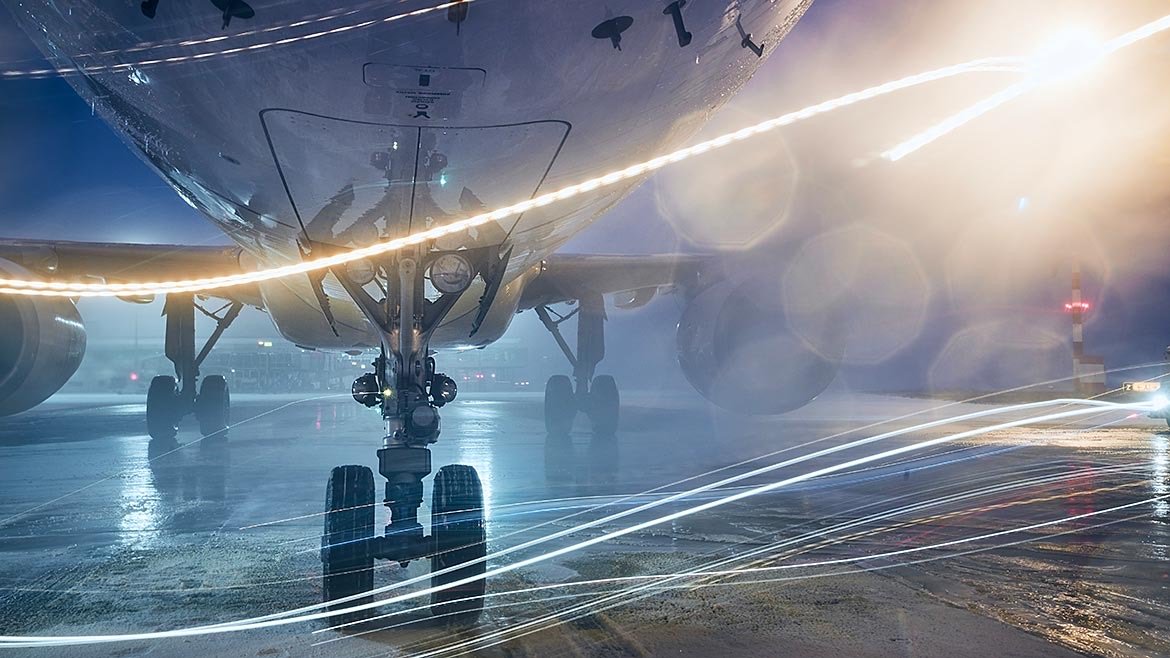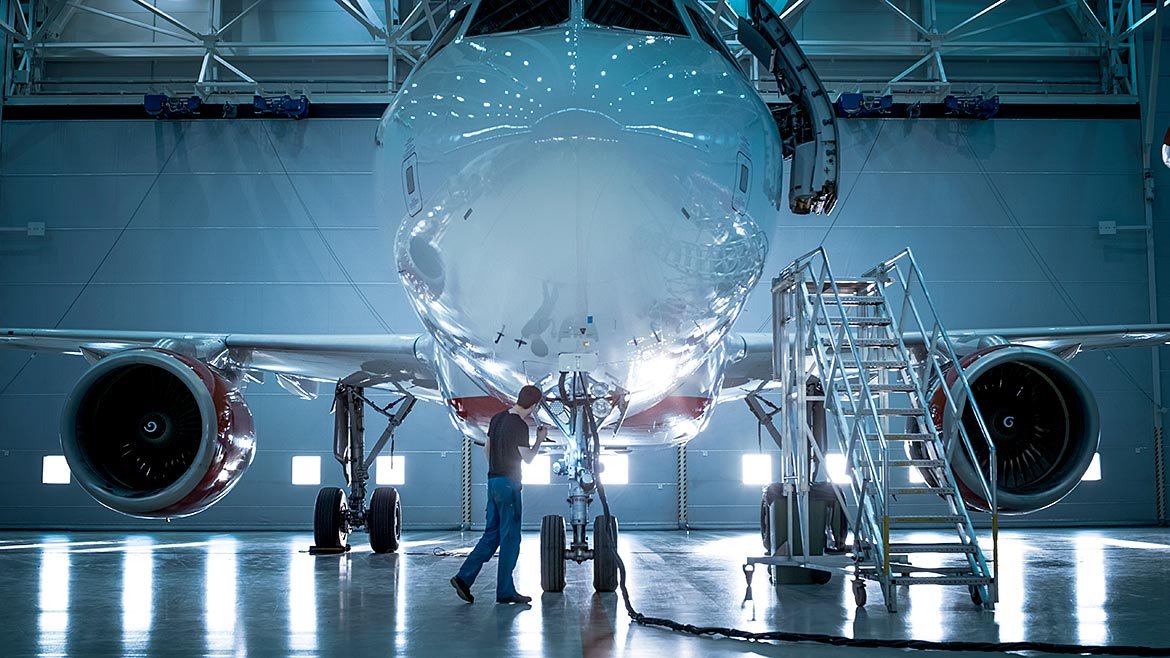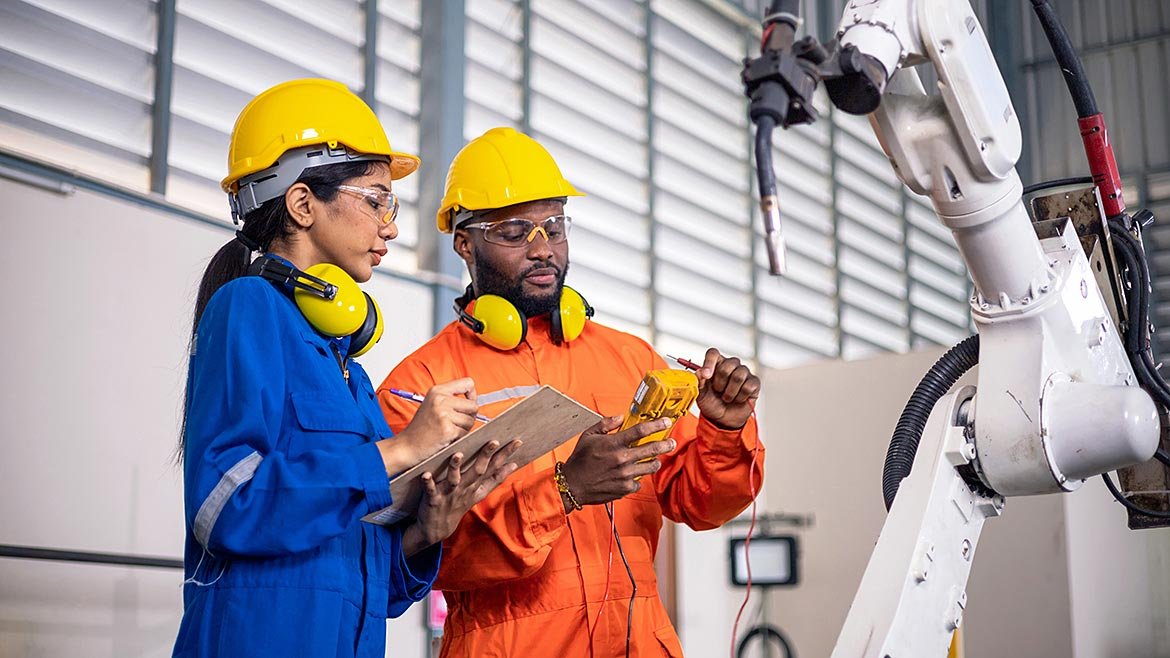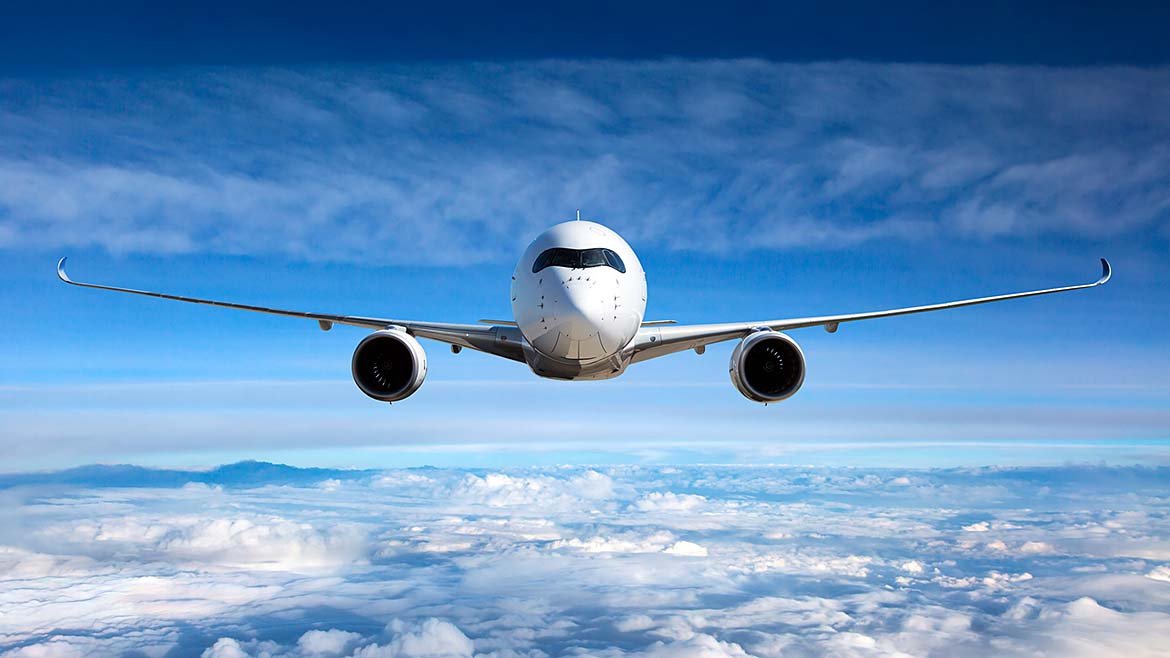You have choices, make the right choice

Updates are Coming to ISO 9001, 14001 and 45001
With the ISO 14001 being scheduled for the next release, even the registrars are beginning to instruct auditors on what to start to look for immediately.

Ensuring Parts Fit, Using Bonus Tolerance to Your Advantage
Designers can use ASME Geometric Dimensioning and Tolerancing (GD&T), an internationally recognized symbolic language, to describe the acceptable limits of part feature variance.

Aerospace Auditing: How Its Impact Makes It a Smart Career Move
When it comes to the aerospace industry, there is no room for compromises in quality, consistency and safety. In 2025, flying hours are expected to hit record highs, requiring even more aircraft and services than what are currently available. With growing pressure, manufacturers face numerous challenges, including finding suitable suppliers amidst supply chain uncertainty, stocking up on inventory and continuing to produce quality products that help ensure safety for end use.

Beyond Compliance: The Importance of Standards in the Mobility Industry
The relentless pursuit of quality is the engine driving progress in the automotive and aerospace industries. Quality is the bedrock upon which customer satisfaction, operational efficiency, and, most importantly, safety is built.

Will the Next ISO 9001 Change Require More Training?
Let’s look at the processes the organization should go through to ensure effective management of whatever the 2026 version brings.

ISO Certification Needs to Change
The recent quality issues in Boeing aircraft, despite the company’s adherence to ISO 9000 and AS 9100 certification standards, have exposed significant gaps and weaknesses in the current certification processes. The ISO international organization needs to make the necessary changes to these certification standards to better ensure the true quality and safety of aerospace products.

How to Read & Interpret ISO/IEC 17025 Calibration Certificates
This article is an adaptation of my popular presentation, “Beyond the Sticker & the Cert (Ensuring Better Measurements & Reducing Risk).” Product manufacturers, testing labs, and calibration labs, in attempts to reduce risk and ensure better measurements, will have their measuring and test equipment (M&TE) calibrated so they can have their “sticker and a cert.” But how often do people actually read their calibration certificates?
